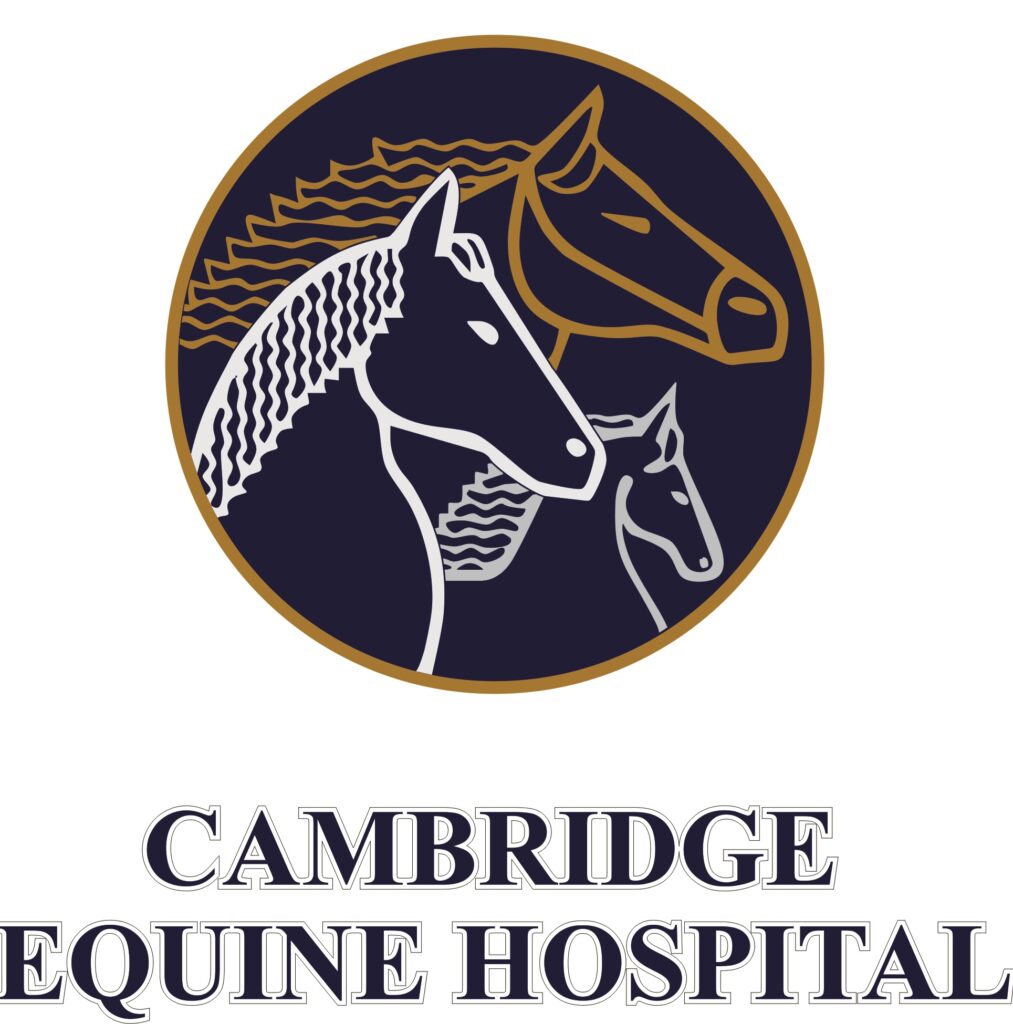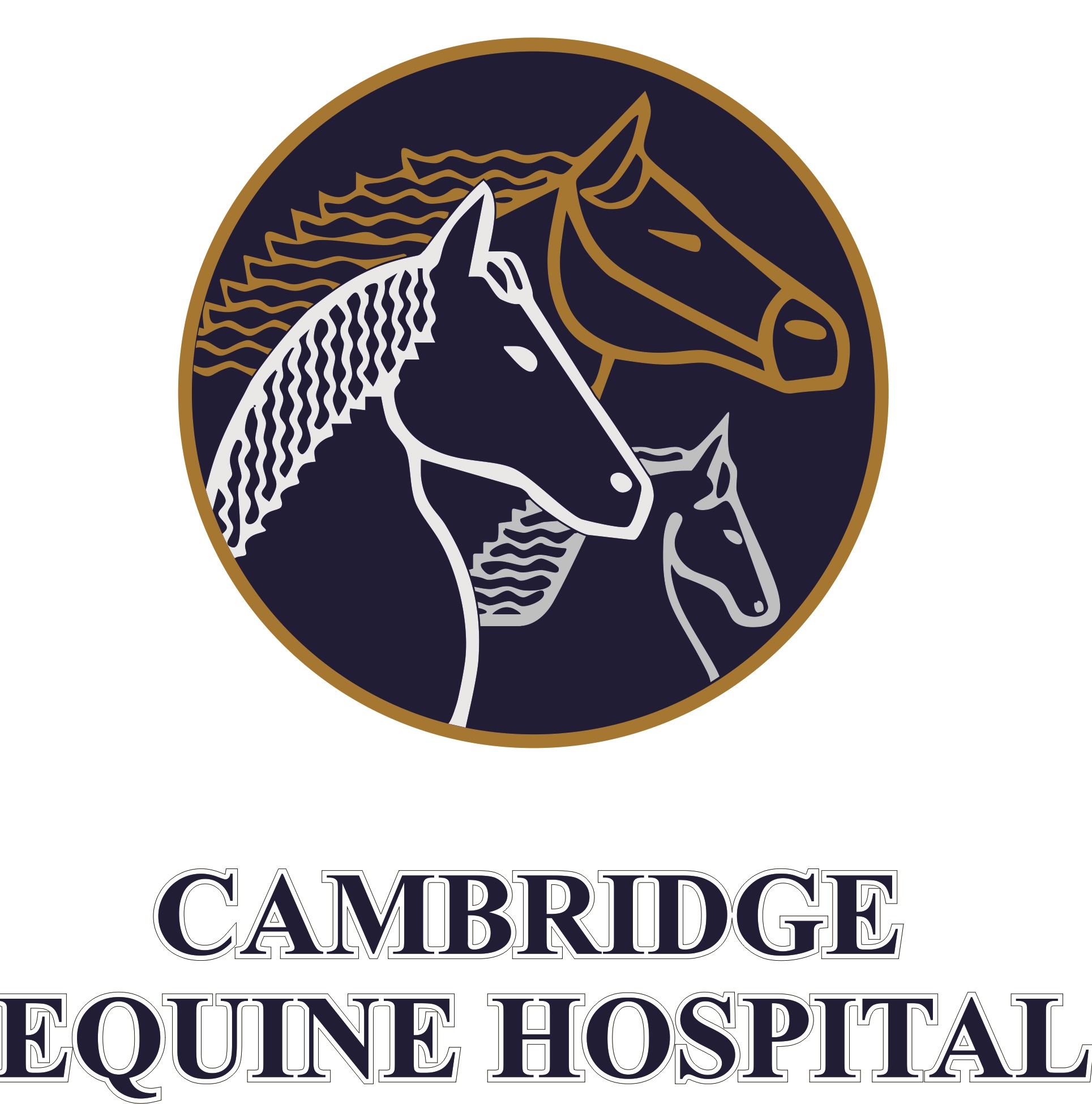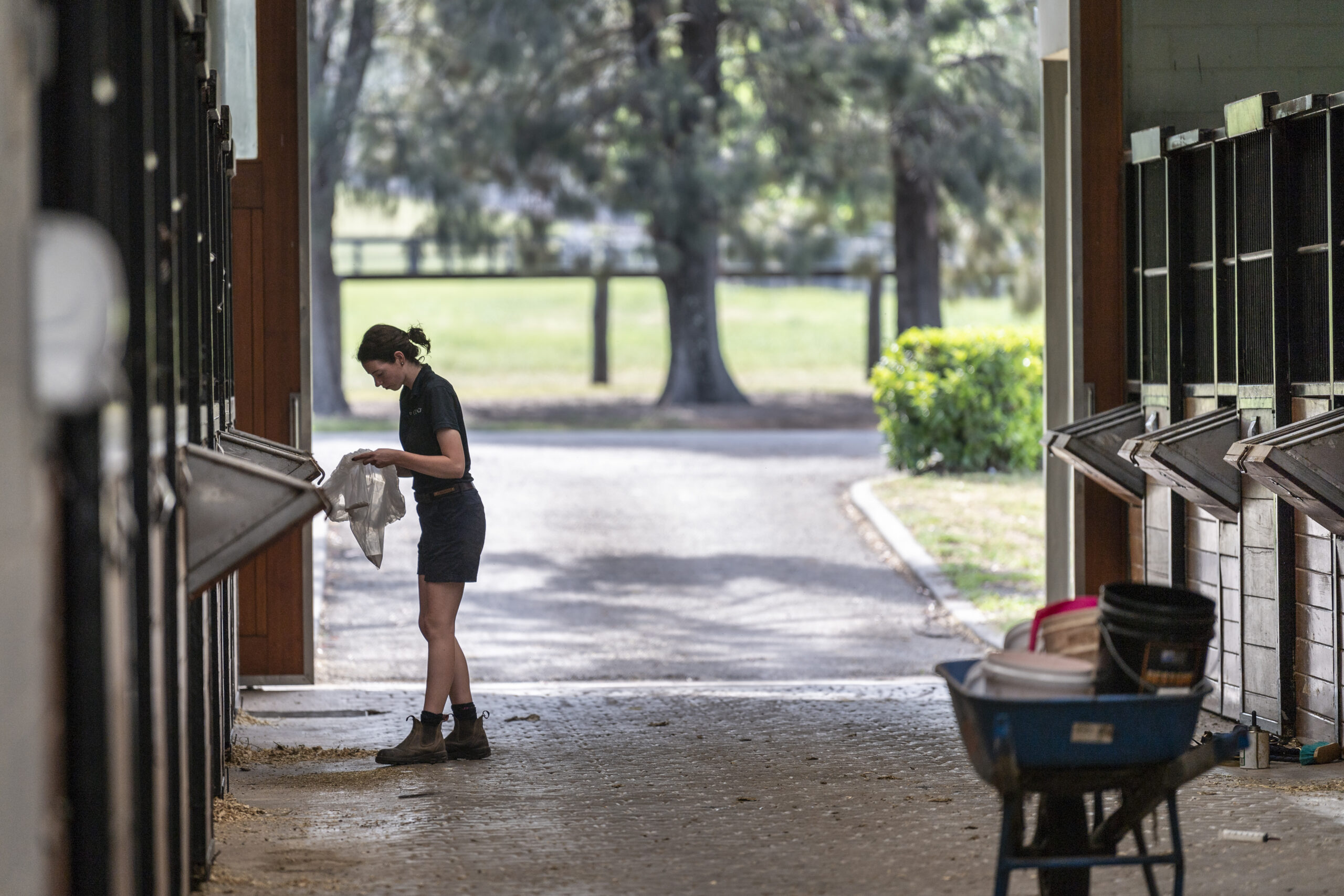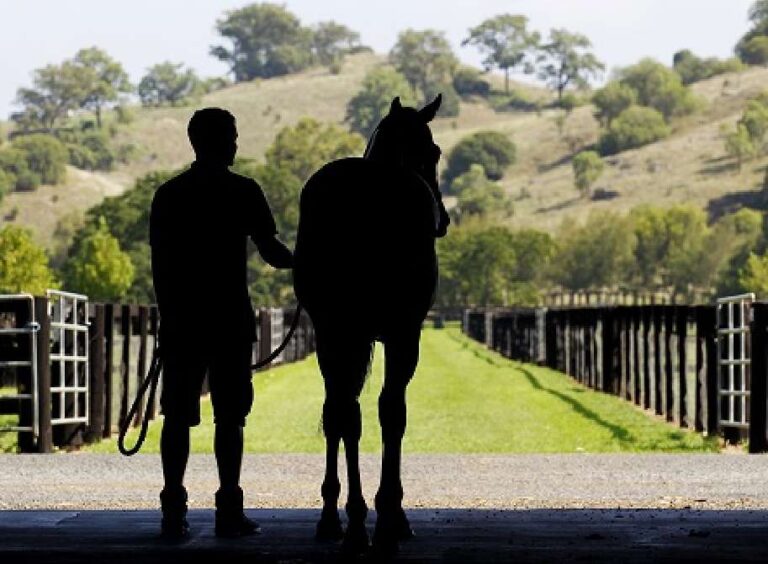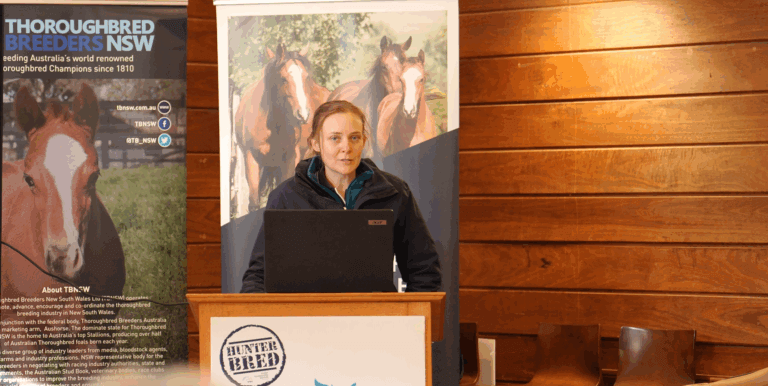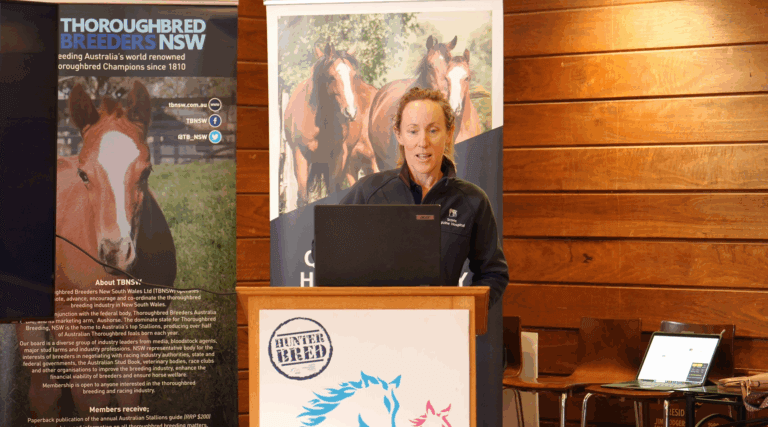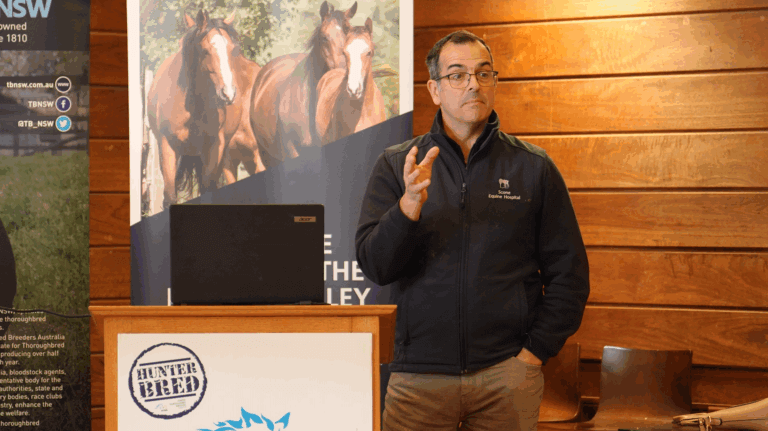Source: Cambridge Equine Hospital
If you are worried that your horse’s performance may be suffering due to “wind” problems, an endoscopic examination is the best way to identify any abnormalities. An endoscope is essentially a long, flexible camera, which can be inserted up the horse’s nasal passages to visualise the larynx (throat) and upper section of the trachea (windpipe). Abnormalities seen on resting endoscopic exams include laryngeal paralysis (roarers), epiglottic entrapment, and arytenoid chondritis (infection of the arytenoid cartilage).
A recent advancement in endoscopy is the Dynamic Respiratory Endoscope (DRS). The scope is positioned in the throat and then fixed to the horse, allowing visualisation of the throat while the horse is working.
This offers the advantage over standing endoscopy of being able to visualise and diagnose dynamic conditions that only occur during exercise (eg. horses that “flip” their palate). Some horses may appear normal on resting endoscopic examination but show significant abnormalities when examined at exercise. If your horse is making a noise at exercise and a resting scope does not identify any problems, a DRS exam is the next logical step.
A DRS exam requires no training for the horse and can be performed without interruption to normal training. The use of the DRS has enabled veterinarians to more accurately diagnose conditions of the upper respiratory tract, leading to more appropriate treatments and therefore better outcomes for the horse.

Below are some images obtained from DRS exams, with the abnormality identified. These conditions would not have been identified with traditional resting endoscopy.

